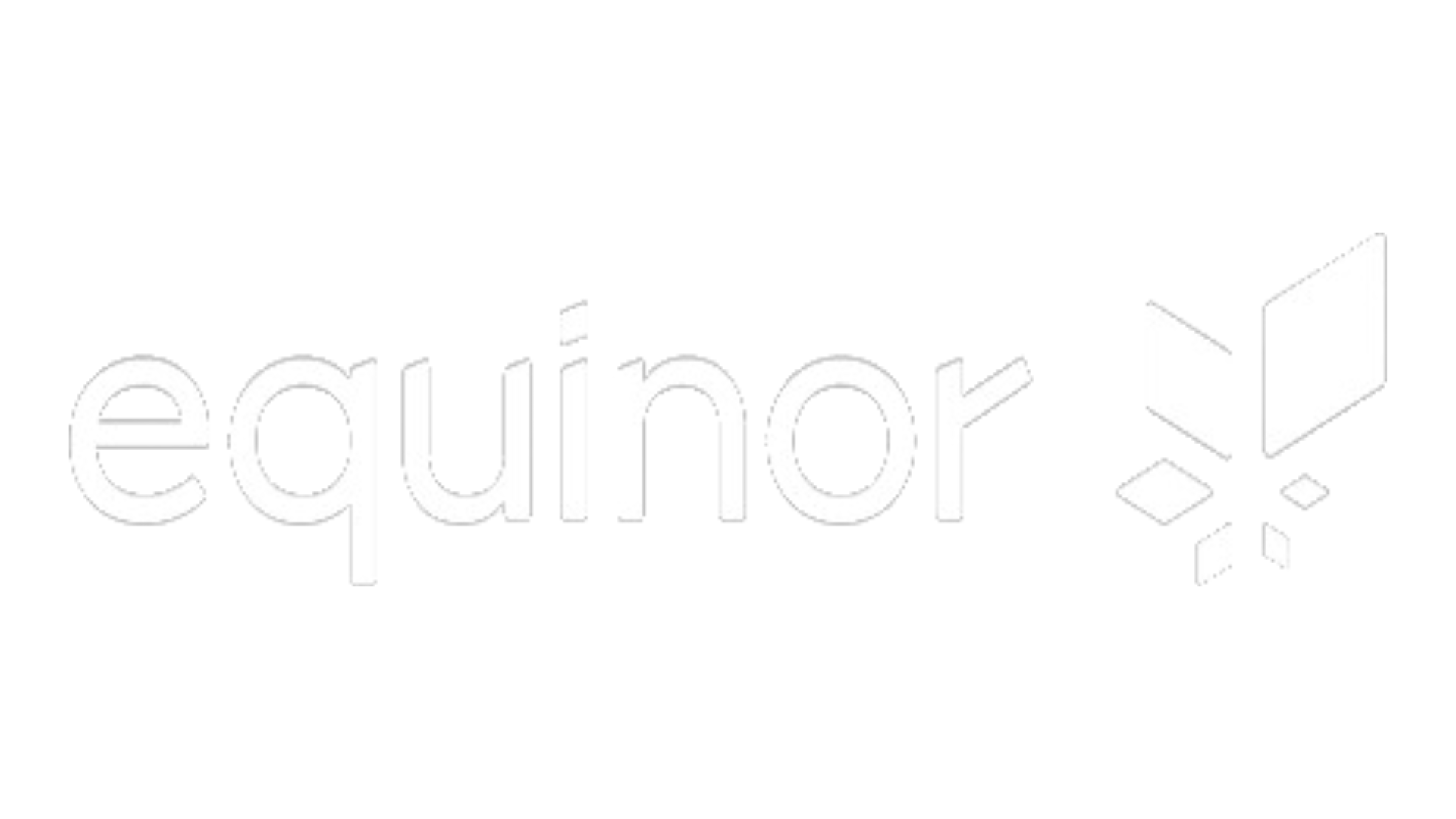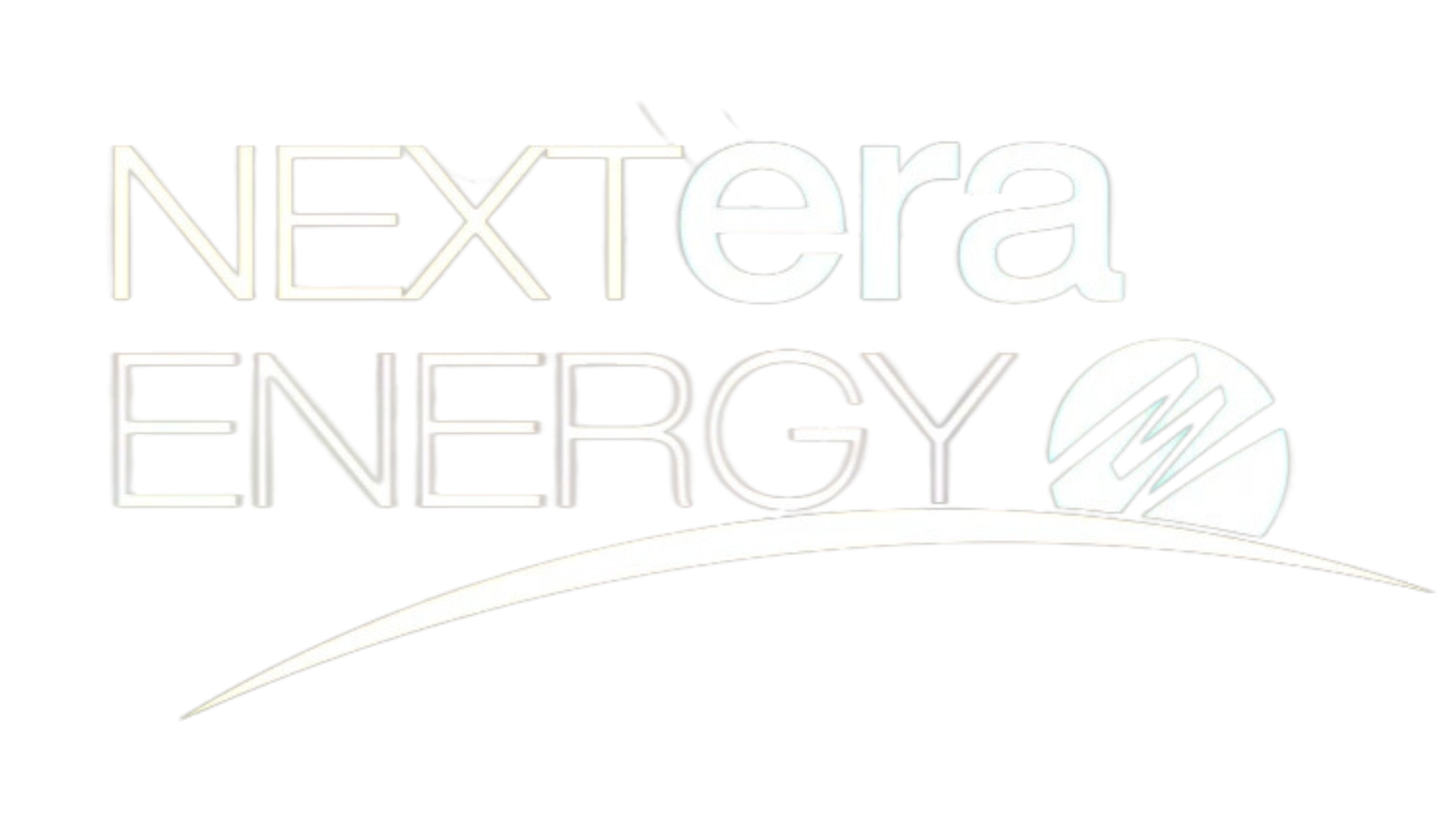As wedding season continues, and we have more opportunities to celebrate in person, the scramble to find the perfect gift is back in season, too. We compiled a list of some gift ideas for your registry that are sure to impress while keeping the environmental impact low.
Throughout July, whether you’re near water bodies or in green spaces, try some of the following tips to reduce single-use plastics.
Invasive Species Awareness Week is here! It is important for us to control invasive species and prevent their spread. By taking just a few simple steps, we can protect wildlife and our ecosystem.
The NYC Department of Sanitation will resume its program to collect residential organic waste for composting. Residents must sign up to request the service, either through an online form or by calling 311.
Spring is here, and with it comes the amphibian breeding season. Amphibians are some of the most unique animals on the planet. By taking just a few simple steps, you can help conserve and protect these beautiful creatures for years to come.
New York has seen quite a lot of snow recently! While snowstorms are magical to watch, some snow removal methods unintentionally harm the environment. Read on to learn more about how to deal with snow in a more eco-friendly way.
Do you have a resolution in mind for 2021? Check out our ideas for New Year’s resolutions that are not only eco-friendly, but can also help your wallet, health, and increase quality time with loved ones.
As the holiday gift-buying season continues, New Yorkers may be replacing batteries in new electronics. Do you know how to recycle your batteries? If batteries are improperly disposed of, toxins will seep into the soil, air, and groundwater, heavily polluting the environment. To learn how to properly recycle your old batteries, read this week’s Green Tips.
E-waste includes dangerous chemicals that can have devastating effects on our health and the environment. Learn how to properly care for old electronics in this week’s Green Tips.









